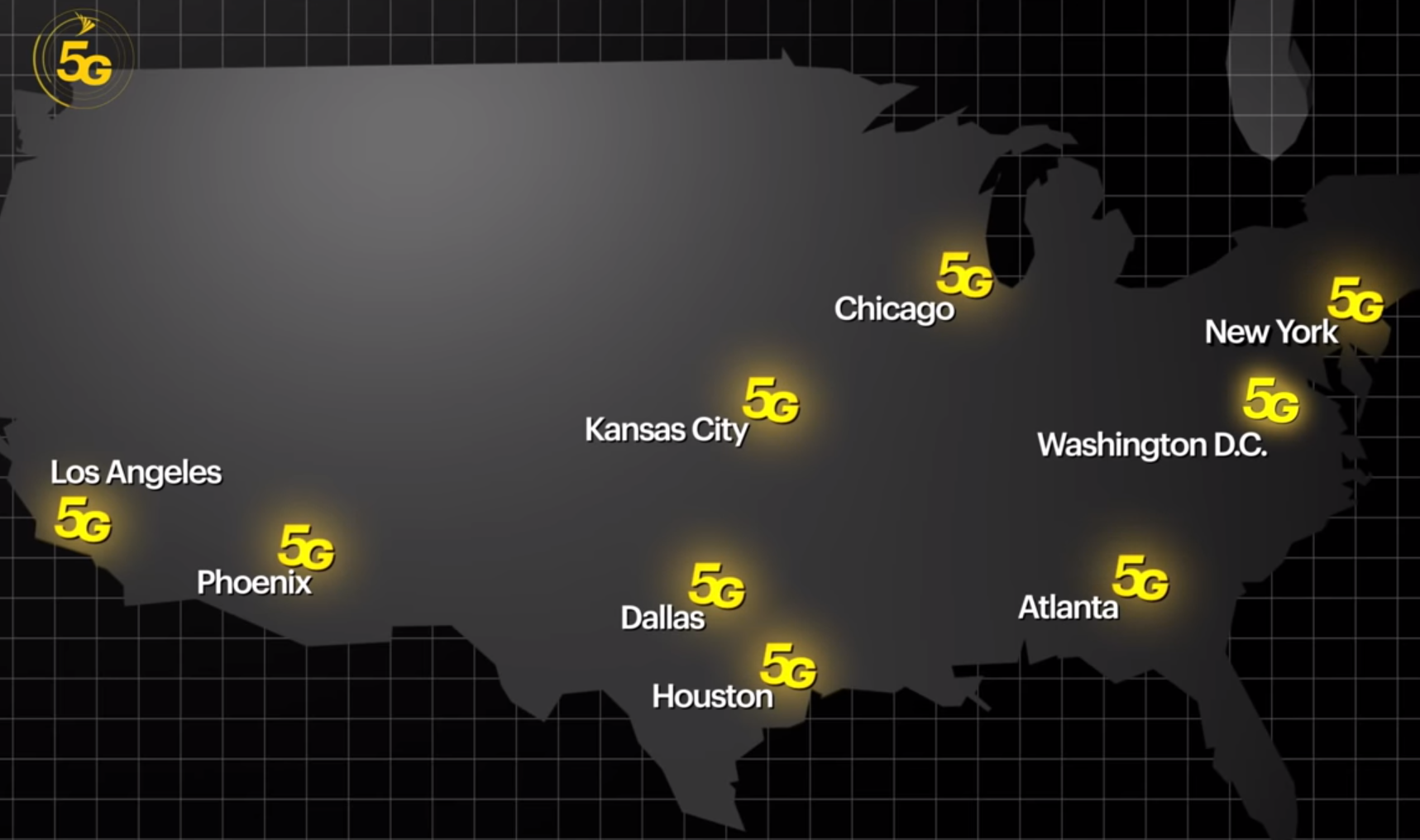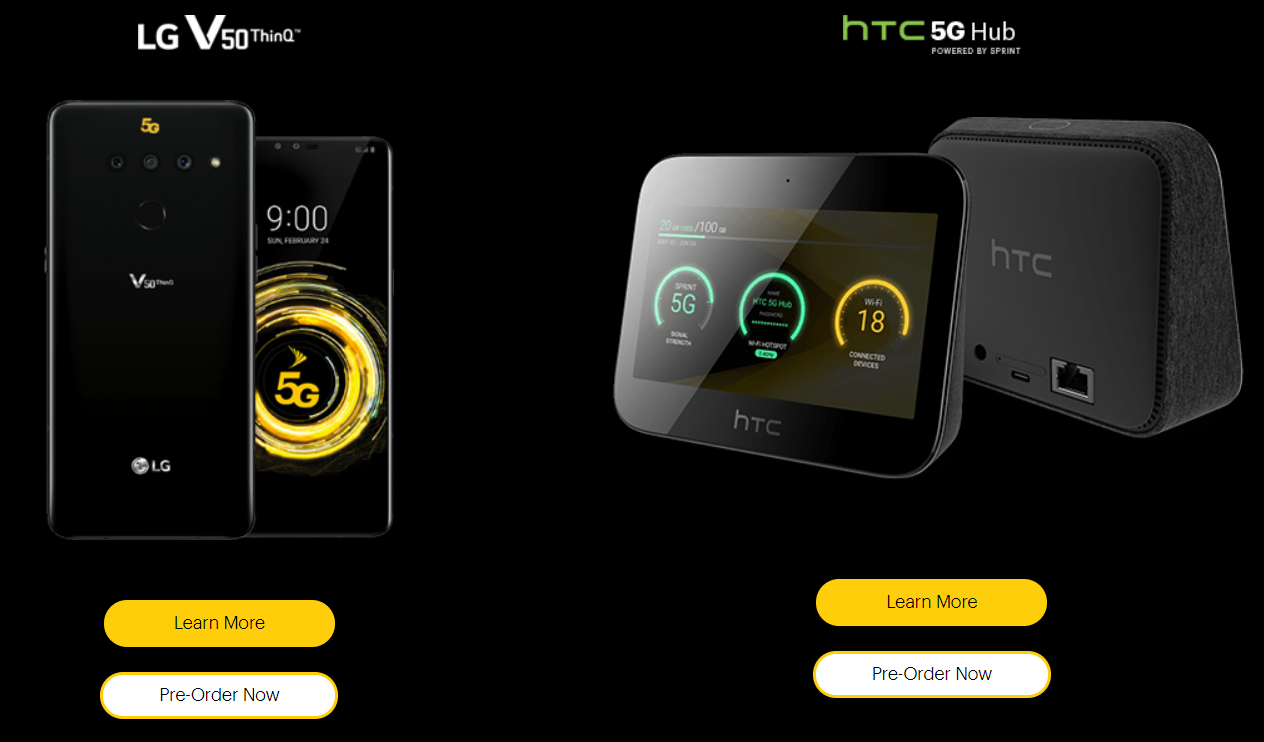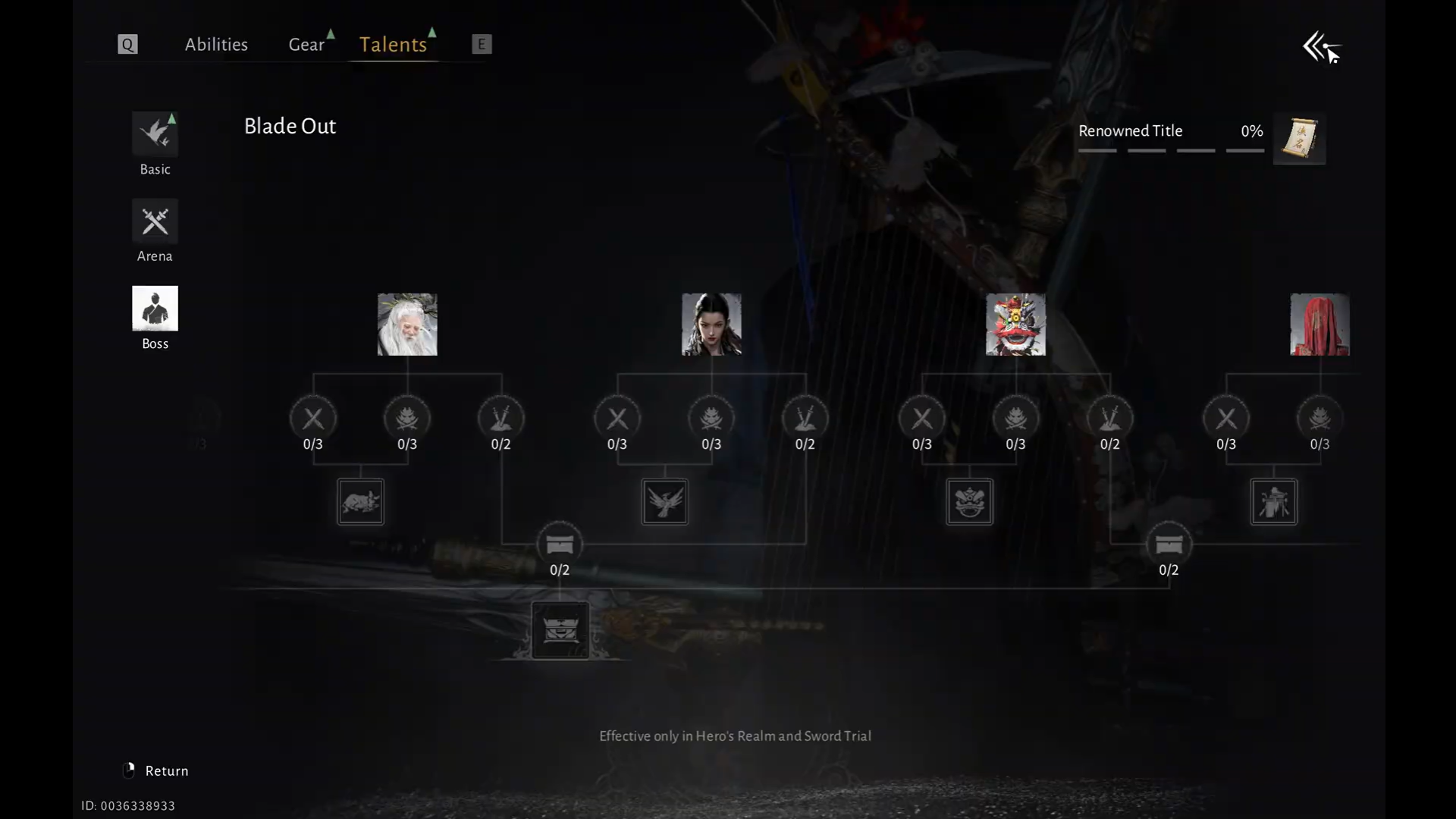Sprint was at the Mobile World Congress 2019 to reveal its 5G plans. Back then, the fourth largest American carrier promised to begin rolling out 5G network in nine cities before the first half of the year ends. Yes, it did manage to hit this milestone when it flipped on its 5G switch in May 2019, but like any other carrier that has been taking up the 5G challenge, questions are still being asked about Sprint 5G coverage, when it will arrive in more markets, the available phones, and even the pricing of 5G data plans, among other things.
With Verizon Wireless, AT&T and T-Mobile already solid on their 5G plans and strategies, users of Sprint definitely want to know what their favorite carrier is doing to counter the competition as well as stay afloat in the fast-paced mobile phone industry.
In this post, we talk about all that as well as the approach the Now Network is using to bring 5G to Americans.
Sprint 5G network
- Sprint doesn’t own the mmWave spectrum needed for true 5G
- So it may not offer true 5G at first
- But the merger with T-Mobile could change this
Unlike the other three major carriers, Sprint has a different 5G strategy. Apparently, Sprint won’t be offering true 5G as we expect it, instead, the carrier is giving us a “5G” network that is simply faster than LTE and a little slower than the real 5G, more like what AT&T has been doing with 5GE, but better.
The reason for this is that Sprint doesn’t own the faster mmWave spectrum needed for true 5G. Rather, the telco owns the mid-band spectrum that meets the broader 5G standard and is faster than LTE airwaves. But because it travels farther than mmWaves, it is way slower, which defeats the essence of having 5G. To improve its 5G capacity, though, Sprint says it will rely on “massive MIMO” antennas.
mmWave is the spectrum that will bring 5G speeds of 1Gbps and beyond but since Sprint isn’t using this one, it’s unlikely to realize such speeds. On the brighter side, the fact that its mid-band spectrum travels farther than mmWave could play in favor of Sprint as the carrier looks to offer real 5G coverage across the country and not just in concentrated areas like urban centers.
Alternatively, Sprint is working on a merger with T-Mobile with a promise of better 5G services. This is because the Un-carrier owns both mmWave and low-band spectrums that can be combined with Sprint’s mid-band spectrum to deliver actual 5G across the entire country.
So far, Sprint has mentioned speeds of 430Mbps, which is still far from the 2Gbps that AT&T has reported from some of its 5G speed tests. With the help of MIMO antennas, things should get better sooner or later.
Sprint 5G and Google Fi
- Google Fi users will be able to access Sprint 5G
- It’s not known when, though
Google Fi users will know that the MVNO also relies on Sprint’s network towers to provide 4G LTE connectivity. When 5G coverage goes live, Sprint says Fi users will also enjoy the service, but at the moment, there is no official word on when this will be possible.
Given the same deal also exists between Google and T-Mobile, Fi users should also be able to access T-Mobile 5G when it’s ready.
Sprint 5G cities
- Sprint 5G rollout to begin in May
- At least 4 major cities to get it first
- A total of 9 cities will be covered by the end of 2019
Sprint announced in February that by the end of May 2019, it will have 5G coverage in Atlanta, Chicago, Dallas, and Kansas City. And by the end of the first half of the year, the network will have spread in more markets that include Houston, Los Angeles, New York, Phoenix, and Washington, DC.
While tests already commenced in downtown Chicago earlier this year, Sprint promised to bring 5G to Midtown and lower Manhattan in New York. The carrier will also cover 230 square miles of the Dallas Fort Worth area in Dallas as part of the total of over 1,000 square miles it expects to cover in the first nine cities.
The map below shows the areas that Sprint 5G is expected to cover by the end of 2019.

Sprint 5G phones and other devices
- LG V50 ThinQ, HTC 5G Hub, and Galaxy S10 5G now available
- Sprint will also sell the Galaxy Note 10 5G
The market doesn’t have so many 5G smartphones that are consumer-ready. In fact, we only have two 5G phones that are currently available in the U.S. through various carriers, including Sprint, but of course, more devices should arrive in the second half of the year. The first one – Samsung Galaxy S10 5G – started selling on May 16, but only through Verizon Wireless.
The Galaxy S10 5G arrived on Sprint on June 21, although pre-orders started a week earlier. The LG V50 ThinQ is the other 5G phone that is also available on Sprint, but it’s limited to markets where Sprint 5G is available. Sprint also has the HTC 5G Hub in store.

The Hub sits between a set-top box and Wi-Fi hotspot, has a 5-inch 1080p display screen, stereo speakers, a Qualcomm Snapdragon 855 processor and runs on Android OS. HTC says the Hub can share its 5G signal with up to 20 devices.
Sprint should also bring the Galaxy Note 10 to the U.S., but this will have to wait until the second half of the year.
Sprint 5G data plans
- No clearcut details on prices of data plans
- The merger with T-Mobile could keep the prices down
Verizon Wireless will be charging an extra $10 to access 5G data on your Galaxy S10 5G. AT&T has been talking about possible tiered pricing for its 5G data plans while T-Mobile, on the other hand, says it plans to stick with the same prices that apply to 4G LTE data.
As for Sprint, the telco is offering an Unlimited Premium plan priced at $80 per month, giving users access to Amazon Prime, Hulu, and Tidal for music streaming on top of the usual unlimited data, text, and calls as well as 100GB of LTE mobile hotspot, 1080p streaming, and so on. For those who buy the S10 5G, they also get limited access to Hatch, the 5G game streaming service that Samsung has partnered with to offer over 100 titles.
T-Mobile CEO John Legere believes that if the FCC were to approve the proposed merger with Sprint, the resulting 5G data plans would be the same or better than those offered by both carriers for 4G LTE services.
Related:













Discussion